Powering Conservation Through Online Photography
Written by Eli Sooker
New Zealand based conservationist, writer, and photographer
Before I got into wildlife photography, I used to eye people with oversized, flash-looking cameras with an uncomprehending gaze. Sure, nice photos were nice, but why pay all that money? Was the difference in quality really so big as to justify such a price? And on top of that, how could anyone bear to be seen lugging around such an awkwardly-sized, expensive item during a hike amidst the great Mother Nature, when all you should really be doing is enjoying the moment and engaging in one of my favourite things, minimalism?
While I still agree with the latter and often feel awkward carrying my Nikon D7100 around, I've come to realise that the suspense of finding or not finding an incredible sight and the challenge of whether or not I'm able to adequately capture this on camera adds to, rather than takes away from, "enjoying the moment" out-of-doors.
As for quality, this first became an issue for me when I was granted the rare opportunity to work on New Zealand's most biodiverse pest-free sanctuary, Little Barrier Island. Up until this point, I had always enjoyed taking what creative photos and videos I could with my small but good value Nikon Coolpix AW110. Investing in one of the "real deal" fancy cameras (which I later learned to be called "DSLRs") had never really occurred to me.
But after hundreds of mostly mediocre photos of our dearly beloved, quick-to-dart-away little native birds, followed by witnessing my co-worker's outstanding snaps on his Nikon D7200, I started to think differently. If I was going to continue to work in conservation as I intended, then I was going to keep seeing uncommon wildlife and working in isolated spots like Little Barrier, where nature photography was one of few accessible pastimes. This being the case, it would be nice if more than just a handful in a hundred photos turned out to be good quality. As much as I loved my Coolpix, when it came to our small, speedy bird friends it simply didn't cut the chase.
So after doing some research and talking to my co-worker with the much better wildlife photos, I purchased a secondhand Nikon D7100, and it's been working wonders. Though it's a shame I didn't have the camera during my time on the island, I've still managed to see and work with a variety of rare species since, including Archey's frog, Mahoenui Giant Weta and New Zealand short-tailed bats; not to mention our regular plethora of native birds and some of the less common, kakariki, kokako, and kaka.
Lately I've started observing wildlife on my travels to South Korea and Japan, where I'm visiting national parks while living out of a tent. I've spotted chipmunks, flying squirrels, deer, foxes and even done some conservation volunteering with the endangered Asiatic black bear.
In addition to taking photographs, I post these on social media and write about conservation and travel. While a lot of photos still haven't been posted and some can't be posted due to privacy reasons, I have a lineup of shots waiting to be uploaded along with fun facts about the species.
I was never big on social media until I realised I could reach out to people with the same love of nature as me, as well as earn the chance to accurately inform and educate people about conservation.
I'm very passionate about environmental education, and despite working in conservation, this isn't something I've had much chance to do so far. Like photography, it's important that conservation keeps a focus on its subject, the wildlife itself; and yet it can't be denied that there is a huge people component to it as well. After all, we are the ones that created so many issues for other life on Earth; we're also the only ones that can solve these issues.
This is why environmental education is so important. The more people know about wildlife and conservation, the more likely they are to take real action and contribute to a positive change for nature. Not just in voting to put more money towards conservation, but in changing daily habits as well. Everything we do counts.
Conservation workers alone can't maintain species nor save the planet; for that we need many people to understand our cause and support it. If posting photos and writing about wildlife conservation online can engage viewers and help in even the smallest way, then, surely, using social media is going to be worth the hassle after all.
Quick Facts
Favorite places to take photos: Anywhere where the animal/plant is in its natural habitat. National parks and protected areas can be a great place for finding a diverse range of species.
Favorite photo subjects: Anything natural that I can get an unusual angle or close-up shot of; interesting or odd animal behaviour and interactions.
What’s next for Eli: Continuing to photograph wildlife on my "Camp Japan" adventures, especially holding out for early September when Hokkaido brown bears come to Shiretoko beaches to catch salmon and interact with the fishermen there; writing more about conservation experiences and travel.
Where you can find him online: My website, my Instagram, or my Facebook
.Eli's Photography Tips
- Don't be afraid to take too many photos! You never know which ones might turn out to be interesting
- Experiment with different angles and close-ups, or photograph something seemingly random; these kinds of shots can turn out to be quite arty-looking!
- Patience. If you want to capture something really extraordinary, you may have to do a lot of waiting and watching!












